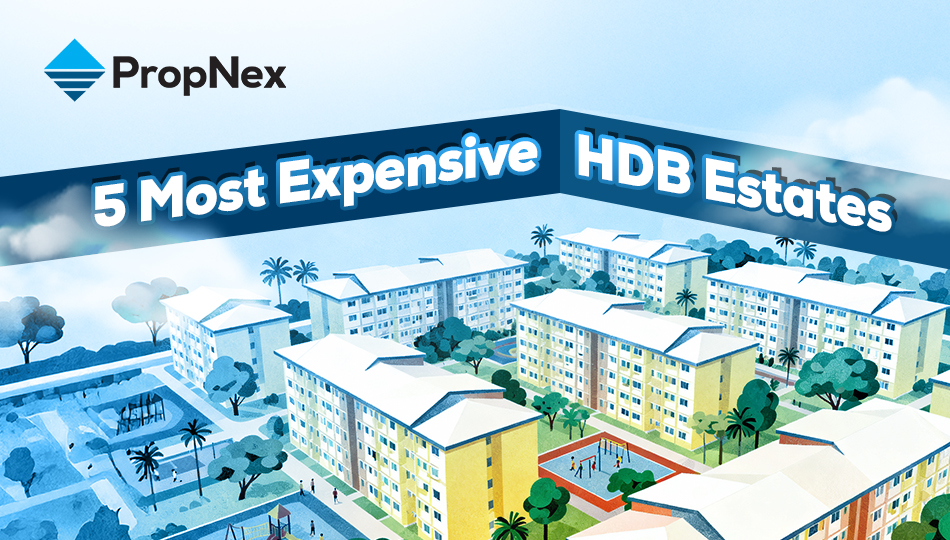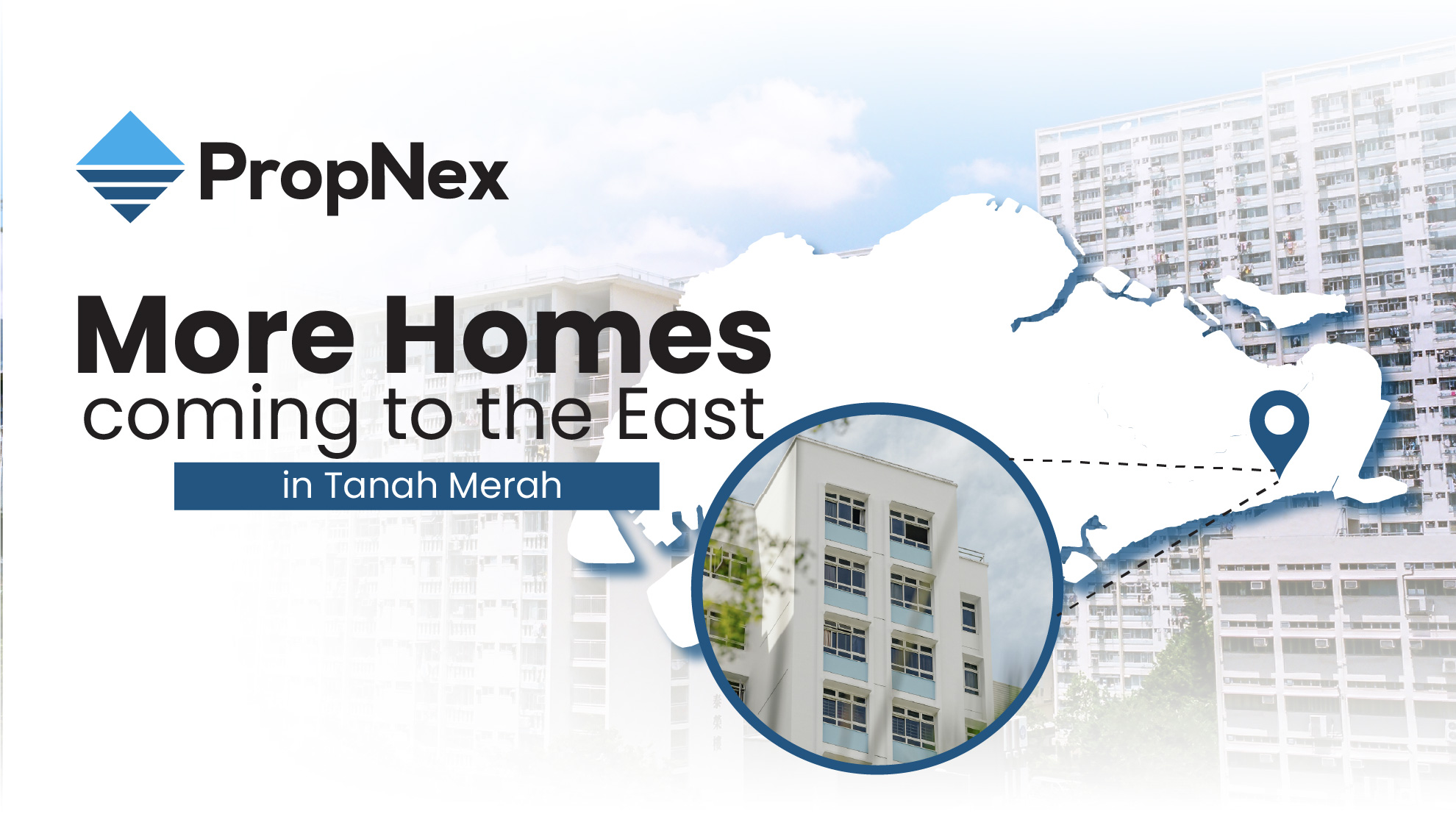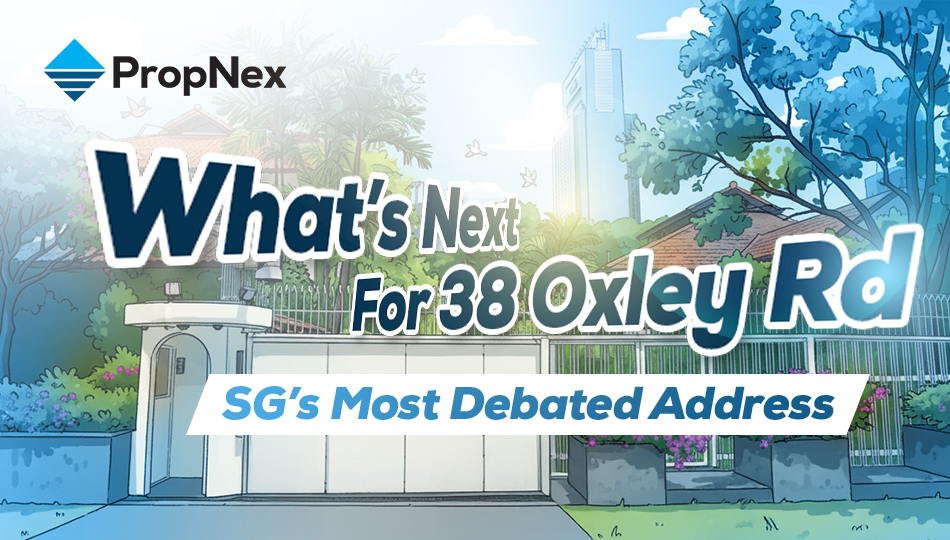The Higher, The Better? The Unspoken Desire of Homebuyers


The value of an apartment often depends on several factors-location, size, and more. But there are also other factors that are less talked about like floor levels. This raises an interesting (and important!) question for homeowners and investors alike: Do higher floors make better investments?
Before diving into the details, let's break down the floor levels into three groups for the sake of comparison:
Low Floors: 1st to 5th floor
Mid Floors: 6th to 10th floor5
High Floors: 11th floor and above
We'll use this framework throughout the article to keep things consistent, so keep that in mind.
Whether you like it or not, the market sentiment indicates that people generally do prefer higher floors because they offer more privacy, better views, less noise, you name it. So it's not really a surprise that these units command higher prices. Based on the market progression over the past decade, this trend is evident in both HDB and condos. In both cases, the price difference between low and mid-floor units tends to be relatively minor. However, the jump in value from mid to high floors is more pronounced.
Source: PropNex Investment Suite
Source: PropNex Investment Suite
While higher floors often come with a heftier price tag, does that mean they appreciate more over time? As it turns out, not necessarily. Prices can also vary based on supply and demand. If high-floor units are in short supply in a popular area, prices will likely go up, but if there's an oversupply, selling price might lower as buyers have more options to explore.
And as I have mentioned previously, higher floor units may be more desirable to people because of the great view and sense of privacy. So, high-floor units with a view of city skylines, waterfronts, or greeneries might command greater premiums. But in areas with less appealing surroundings, like industrial zones or buildings packed too close together, higher floors don't always carry the same value. Imagine paying more for a higher floor just to get a blocked view! Take a look at these examples.
Eco Sanctuary
Source: S P Setia Bhd Group
This 24-storey high condo in Bukit Timah offers high floor units overlooking lush greeneries. Naturally, people would pay more for this view. Over the past 10 years, mid- and high-floor units have shown such a positive growth, outpacing the low-floor units. Though the latter are still seeing positive growth, the appreciation trend isn't as strong compared to their higher-floor counterparts.
Source: PropNex Investment Suite
Costa Del Sol
Source: Google
Here's another example, Costa Del Sol, a 30-storey condo in Bedok. The high-floor units offer stunning sea views that lower floors don't have access to. For context, here's what the view looks like from the upper floors:
Source: PropNex
So of course these views drive up the prices of higher-floor units. Let's look at the chart.
Source: PropNex Investment Suite
If you pay attention, the appreciation rate for lower floors in this condo is actually outperforming the higher floors. Perhaps it's because of the limited supply of units on the lower level, or maybe buyers are simply looking to enter the market at a lower price point. Regardless, high-floor unit prices remain steadily on top, which reflects its value and desirability.
The Parc Condominium
Source: The Parc Condominium
Now, let's compare those to The Parc Condominium, a 24-storey development in Clementi that doesn't boast the most spectacular view. You can clearly see that the lower-floor units appreciated faster than the mid- and high-floor units, which performed similarly. What really stands out is that over the past 10 years, prices for all three floor levels have overlapped multiple times. In 2016 and 2022 specifically, lower-floor units even surpassed the prices of mid- and high-floor units. This suggests that in developments where views aren't the main selling point, lower-floor units can perform just as well.
Source: PropNex Investment Suite
Aside from that, the desirability for floor levels may differ between regions. A study conducted by Real Estate Analytics found that high floor units are only more profitable than lower floors in CCR and OCR. Meanwhile, in District 3 and throughout the RCR, lower floors take the cake.
While higher floors often come with better views, they are not necessarily always the most profitable. Although high-floor units tend to be more expensive for valid reasons, such as privacy and exclusivity, that premium price doesn't automatically guarantee a higher return on investment. If you buy at a high price, you'll likely need to sell at a premium as well. Same goes for lower-floor units. So the appreciation may not differ greatly at all.
It's also important to note that the value of a property is influenced by many factors beyond floor levels. Things like market conditions, supply and demand, economic shifts, and sellers' purchase price play bigger roles in determining profitability. For example, getting a low price at the start and selling when the market peaks will impact your returns far more than the floor level alone. If you want to learn more about property investment strategies, feel free to join us at our upcoming seminar where our CEOs will break down key factors in successful property purchase or investment.
Views expressed in this article belong to the writer(s) and do not reflect PropNex's position. No part of this content may be reproduced, distributed, transmitted, displayed, published, or broadcast in any form or by any means without the prior written consent of PropNex.
For permission to use, reproduce, or distribute any content, please contact the Corporate Communications department. PropNex reserves the right to modify or update this disclaimer at any time without prior notice.














